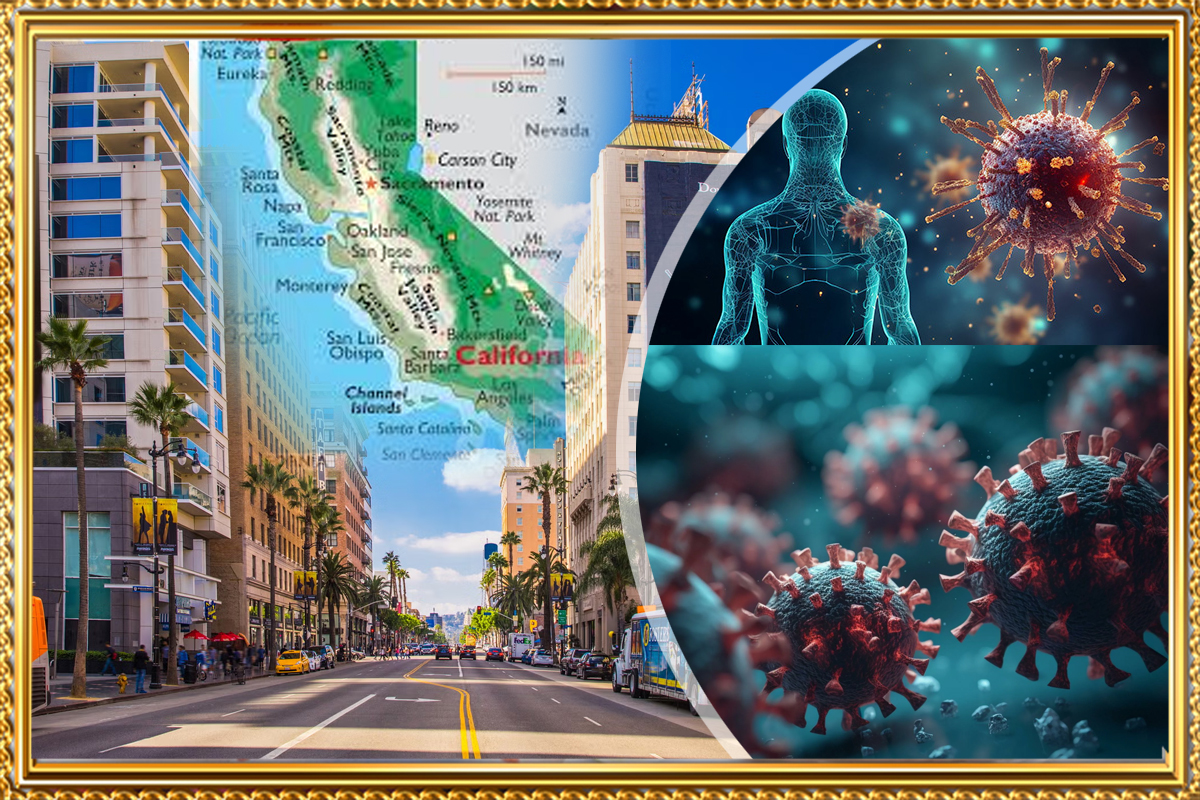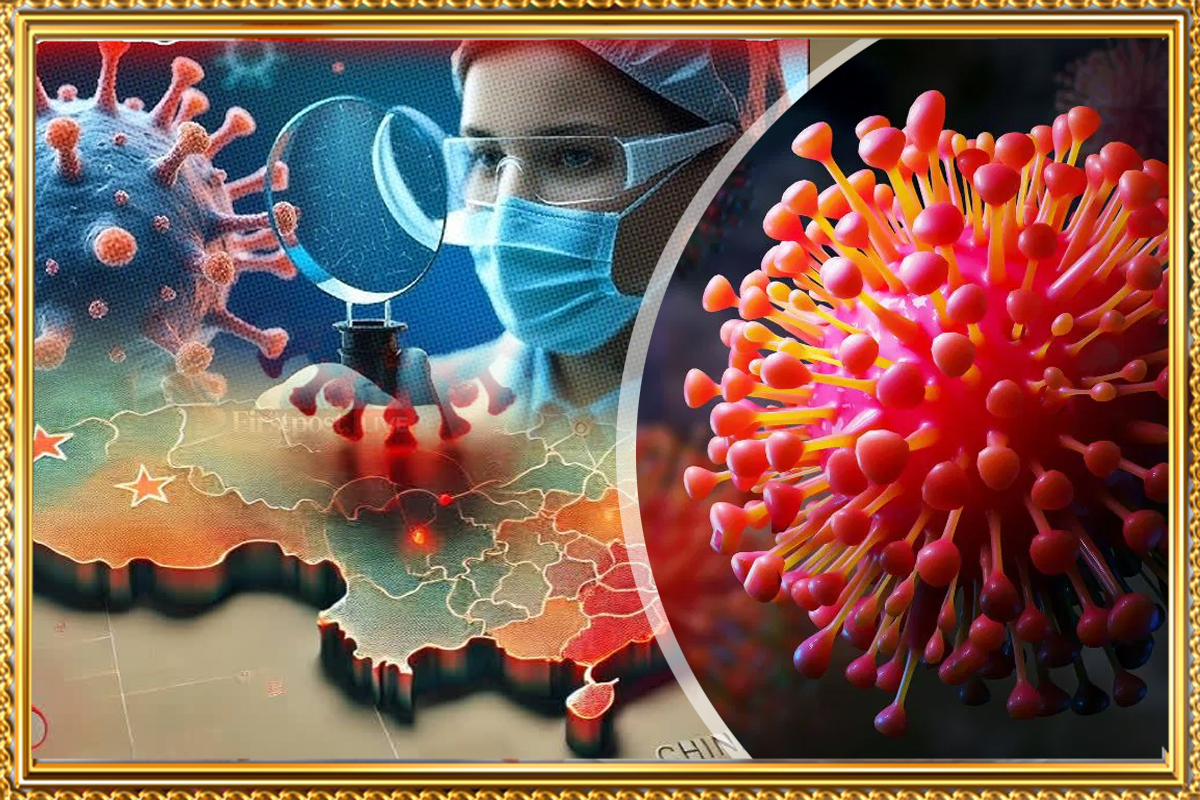- Home
- What Are the New COVID-19 Symptoms in California for 2025?
What Are the New COVID-19 Symptoms in California for 2025?

Explore California's updated COVID-19 guidelines for 2025, including the inclusion of new symptoms in diagnostic criteria. Learn about the latest COVID-19 symptoms, preventive measures, and the implications of these changes.
As of January 2025, California has implemented significant updates to its COVID-19 guidelines, notably incorporating new symptoms into the diagnostic criteria. This change reflects the evolving nature of the virus and aims to enhance detection and management. Understanding these updates is crucial for residents and healthcare providers to effectively navigate the current health landscape.
California's Updated COVID-19 Guidelines
Symptoms of COVID-19 in 2025
Preventive Measures
Monitoring Emerging Variants
Testing and Diagnostic Advancements
Travel and Quarantine Policies
Health Equity and Access
The Role of Technology in Contact Tracing and Health Monitoring
Positive Aspects of the New Guidelines
Negative Aspects of the New Guidelines
FAQs
CONCLUSION
California's Updated COVID-19 Guidelines
In January 2024, California revised its COVID-19 isolation and testing guidelines, focusing on symptom-based assessments rather than mandatory isolation periods. Individuals are now advised to return to work or school when they feel better, provided they are fever-free for 24 hours without medication.
- The recent inclusion of additional symptoms into the diagnostic criteria aims to improve early detection and treatment. While specific symptoms have not been detailed in the available sources, this expansion underscores the dynamic nature of COVID-19 and the necessity for updated diagnostic approaches.

Symptoms of COVID-19 in 2025
As the virus evolves, so do its symptoms. In 2025, COVID-19 symptoms may include:
- Respiratory Symptoms: Cough, shortness of breath, and sore throat remain common.
- Neurological Symptoms: Headaches, dizziness, and, in some cases, loss of taste or smell.
- Fatigue: Persistent tiredness continues to be a prevalent symptom. It's important to note that symptoms can vary widely among individuals, and some may remain asymptomatic.
Preventive Measures
To mitigate the spread of COVID-19, consider the following preventive strategies:
- Vaccination: Stay updated with the latest COVID-19 vaccines and boosters.
- Mask-Wearing: Use masks in crowded or indoor settings, especially in areas with high transmission rates.
- Social Distancing: Maintain a safe distance from others, particularly in public spaces.
- Health Monitoring: Be vigilant about any symptoms and seek testing if necessary.
Monitoring Emerging Variants
As COVID-19 continues to evolve, new variants may emerge, potentially altering the severity or nature of the disease. California health officials remain vigilant in monitoring these variants and updating guidelines to reflect any significant changes in the virus’s behavior. Regular testing, especially during surges, is crucial in identifying new variants and ensuring that preventive measures remain effective.
Testing and Diagnostic Advancements
Advances in COVID-19 testing technology continue to improve the accuracy and speed of diagnostics. California's updated guidelines may include more accessible rapid testing options for the public, especially in areas with high transmission rates. PCR tests and antigen tests are being improved to detect new variants more effectively.
Travel and Quarantine Policies
With global travel returning to normal, California’s guidelines may evolve to address potential risks associated with international and domestic travel. Travelers may be required to present proof of a negative COVID-19 test before entry into California, particularly if they are coming from regions with high infection rates. Quarantine policies could be adjusted based on the traveler's health status and vaccination record.
Health Equity and Access
California is committed to ensuring that the new COVID-19 guidelines are accessible to all communities, particularly vulnerable populations such as low-income groups, people of color, and rural residents. The state is working on increasing access to testing, vaccinations, and healthcare resources in underserved areas to ensure that everyone can follow the updated guidelines.
The Role of Technology in Contact Tracing and Health Monitoring
Advancements in health monitoring technologies, such as mobile apps for symptom tracking and exposure alerts, are being incorporated into California’s COVID-19 response plan. These tools allow individuals to receive timely updates on their health status and any potential exposure to COVID-19, providing an additional layer of safety and awareness.
Positive Aspects of the New Guidelines
The updated guidelines offer several benefits:
- Reduced Disruptions: Allowing individuals to return to daily activities when they feel better minimizes disruptions to work and education.
- Focus on Symptoms: A symptom-based approach ensures that those who are contagious remain isolated, while asymptomatic individuals can resume normal activities.
- Adaptability: The guidelines reflect an adaptable public health strategy that responds to the evolving nature of the virus.}
Negative Aspects of the New Guidelines
However, there are concerns associated with these changes:
- Risk to Vulnerable Populations: Asymptomatic individuals returning to public spaces may inadvertently expose high-risk groups, such as the elderly and immuno compromised.
- Potential for Increased Transmission: Without mandatory isolation, there is a possibility of increased transmission, especially if individuals misinterpret mild symptoms.
- Public Confusion: Frequent changes in guidelines can lead to confusion and non-compliance among the public.
FAQs
- What are the new symptoms included in the COVID-19 diagnostic criteria for 2025? Specific symptoms have not been detailed in the available sources. It's advisable to consult the California Department of Public Health or healthcare providers for the most current information.
- Do I need to isolate if I test positive but feel fine? According to the updated guidelines, asymptomatic individuals who test positive are not considered infectious and do not need to isolate.
- Are the new guidelines applicable to all workplaces and schools? The guidelines apply to most workplaces and schools. However, high-risk settings like hospitals and nursing homes may have different policies.
- How can I protect myself and others from COVID-19 under the new guidelines? Continue practicing preventive measures such as vaccination, regular hand washing, mask-wearing in crowded places, and maintaining social distancing.
- Where can I find the latest information on COVID-19 guidelines in California? For the most current information, refer to the California Department of Public Health's official website.
Future Preparedness for Health Crises: California’s updated COVID-19 guidelines also focus on building long-term preparedness for potential future health crises. This includes strengthening the healthcare system, increasing funding for pandemic research, and improving response protocols to rapidly address new outbreaks, whether related to COVID-19 or other infectious diseases.

Conclusion: California's updated COVID-19 guidelines for 2025 represent a significant shift towards a more flexible, symptom-based approach. While this strategy aims to balance public health with daily life, it is essential for individuals to remain vigilant and adhere to preventive measures. Ongoing education and clear communication will be vital in ensuring the effectiveness of these guidelines and protecting public health.
















Post a comment